Introducing Cavli C17QS with extensive SDK Support: Our latest entrant in the competition to transform low power LTE connectivity.
The current era of cellular IoT is constantly evolving, driven by the demand for faster, smarter, and more efficient solutions. In this dynamic environment, LTE Cat 1bis has emerged as a frontrunner, offering an ideal balance of performance, power consumption, and cost-effectiveness. Building on this momentum, a new generation of LTE Cat 1bis modules from Cavli Wireless is poised to revolutionize the industry, ushering in a new era of possibility for OEMs and end-users alike.
This blog post delves into the exciting capabilities of this next-generation LTE Cat 1bis module, highlighting its superior features and exploring the interesting implications it holds for both engineers and end-users. We'll compare and contrast it with its sibling module, the widely adopted C16QS module, showcasing how the latest advancements translate into tangible benefits for a wide range of IoT applications.
A Transformative Leap in Performance and Functionality
The new LTE Cat 1bis module represents a significant upgrade over the C16QS. While the C16QS serves as a reliable workhorse for basic cellular IoT applications, the C17QS pushes the boundaries of what's possible with its enhanced hardware and software capabilities:
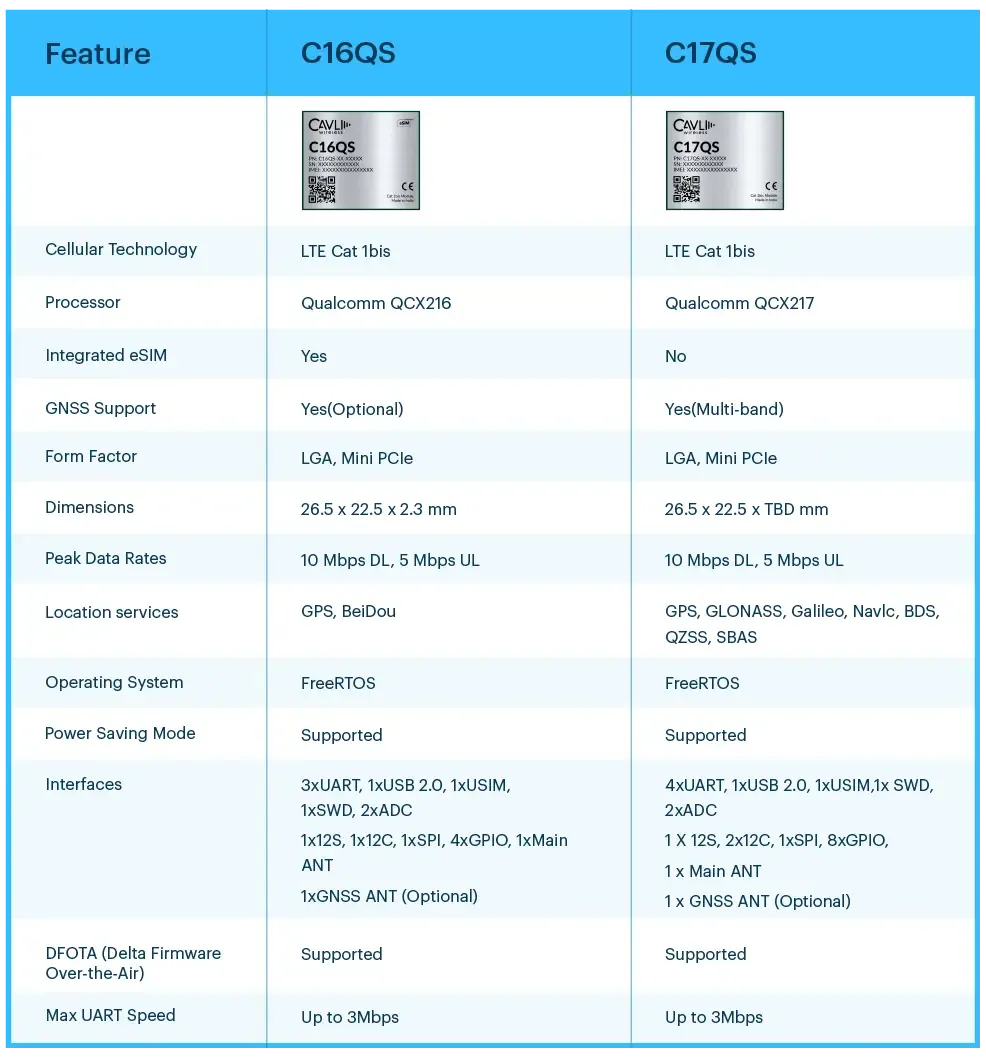
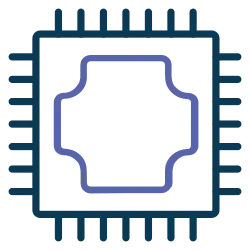
50% Faster Clock Speed
The new QCX217 baseband chipset has a faster
Arm Cortex M3 processor that can go upto 306MHz.
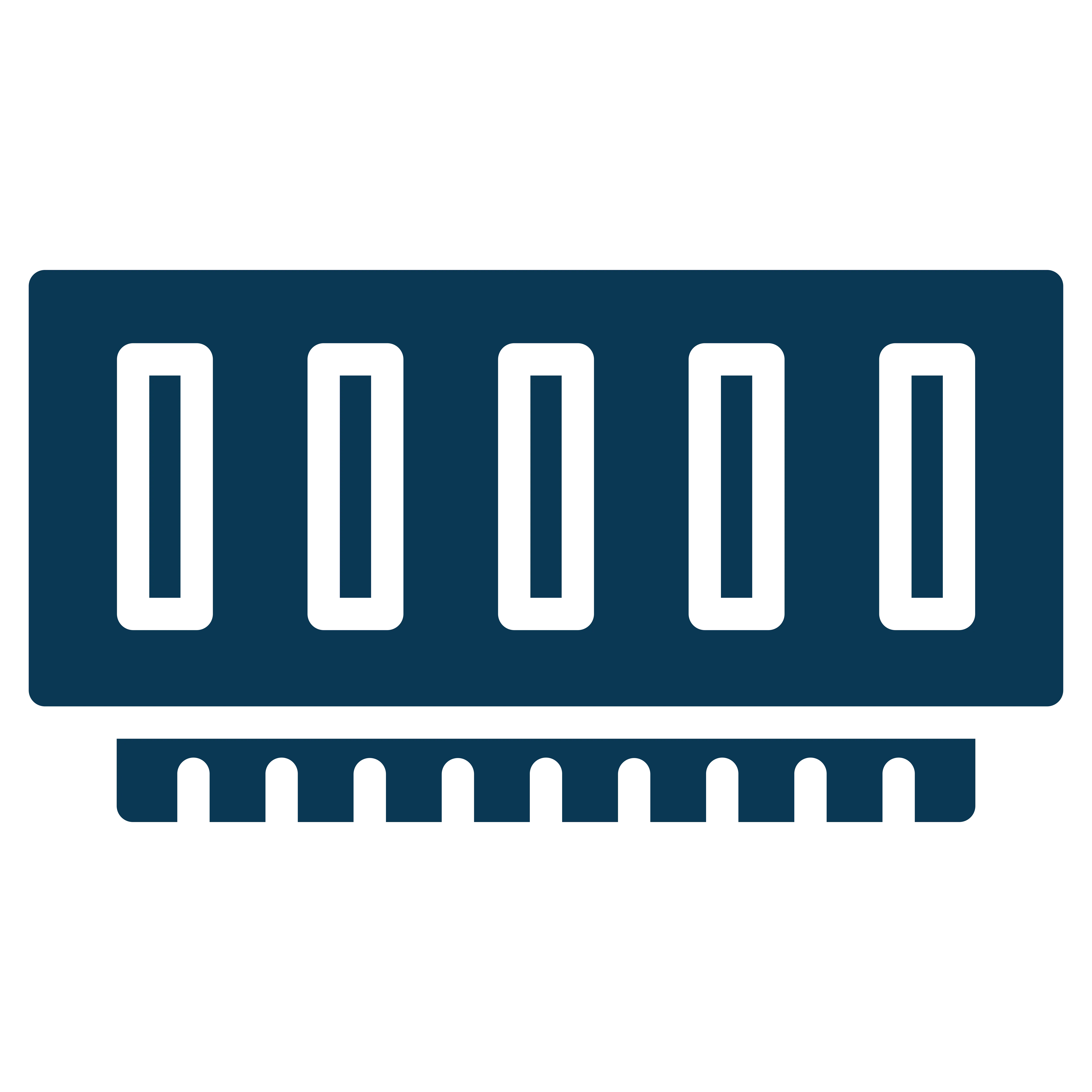
60% More RAM
Leaping from 1.25 MB to 2MB, the module offers more temporary memory to run custom applications.
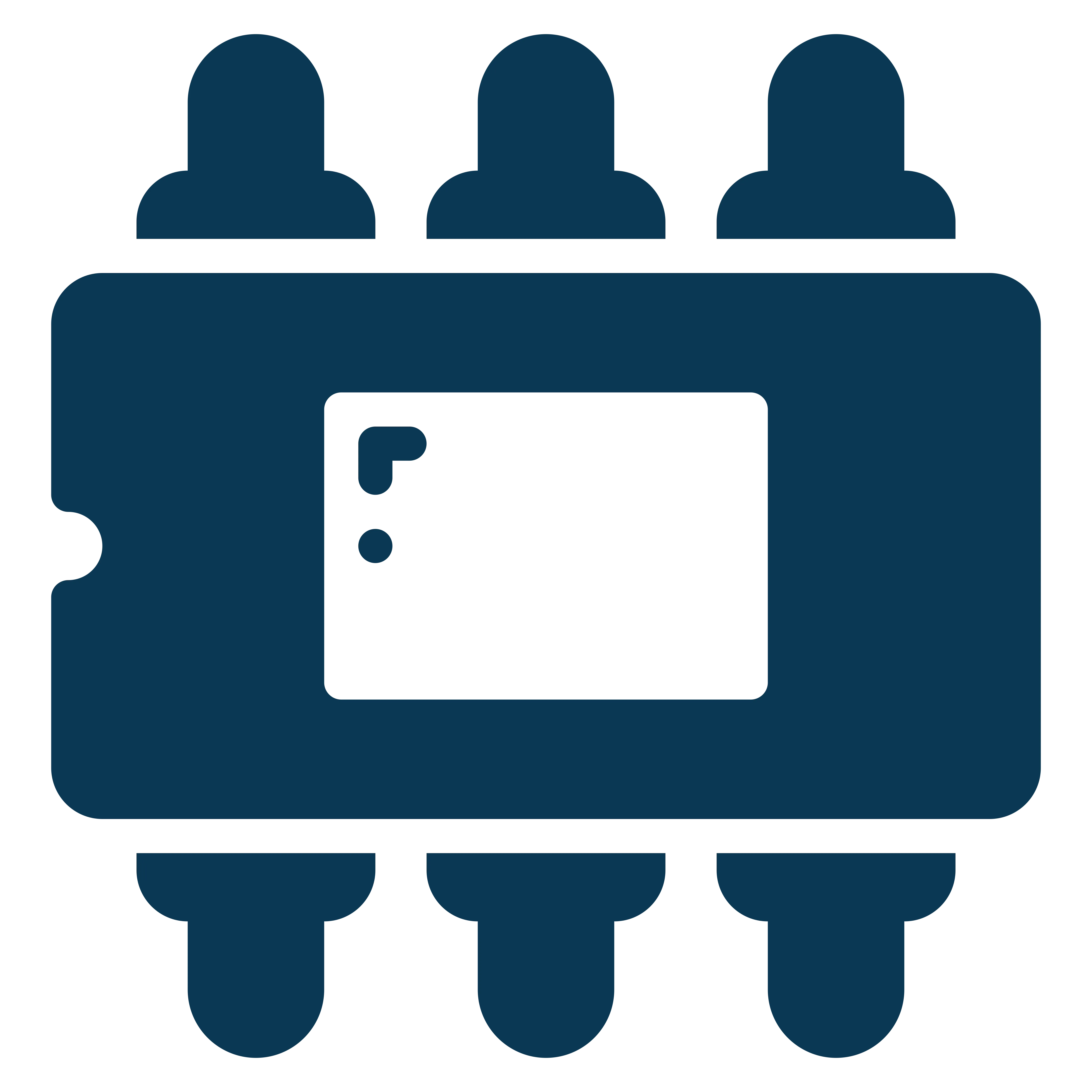
2X the Storage
The C17QS has been upgraded to offer 8MB ROM, enabling more flash memory for OEMs to house their custom developed applications.

WiFi Scanning Support
This feature allows OEMs and end-users alike to locate and track their asset incase GNSS based location tracking fails due to challenging environments.
FreeRTOS with SDK Support: This is where the C17QS truly outshines its competitors. Unlike the C16QS, new LTE Cat 1bis modules fully embraces custom developed software within its FreeRTOS operating system by utilizing the comprehensive SDK support on offer.
In traditional connected systems, there will be a host controller or MCU which will collect and compute data obtained from sensors whereas a seperate module will be providing the connectivity to send this data to an end terminal, i.e, a user's smartphone. Such systems while seem rather straightforward in paper, they entail bigger form-factors and complex designs to ensure smooth integration between host MCU and the connectvity module, subsequently adding to the final BOM.
If we were to consider the case of an OEM whose primary objective is to develop a compact yet reliable Smart Energy Metering solution that must also use such compute operation logic to transform the collated energy usage data into a user friendly format. The metering device must collect sensory data such as instantaneous energy usage, temperature, leakage or over-current, circuit breaker status etc. as part of its operational procedure. But this data is then required to be converted through compute operations into comprehensive information about true consumption values factoring in leakage and grid health, before being transimitted to a remote terminal through the connectivity module.
With the advent of C17QS, an OEM can simplify this process as the module can perform both of these operations as it is engineered with upgraded hardware that can easily perform the compute tasks while SDK capabilities provide a rich set of pre-built tools and libraries to simplify sensor interfacing, focusing on application-specific logic. So OEM's can develop their comprehensive solutions without being worked up about space constrains or additional development for seamless module integration, thereby accelerating time-to-market
Elevating OEM’s Development Journeys
The enhanced hardware and software capabilities of the C17QS translate into tangible benefits for engineers designing next-generation IoT solutions:
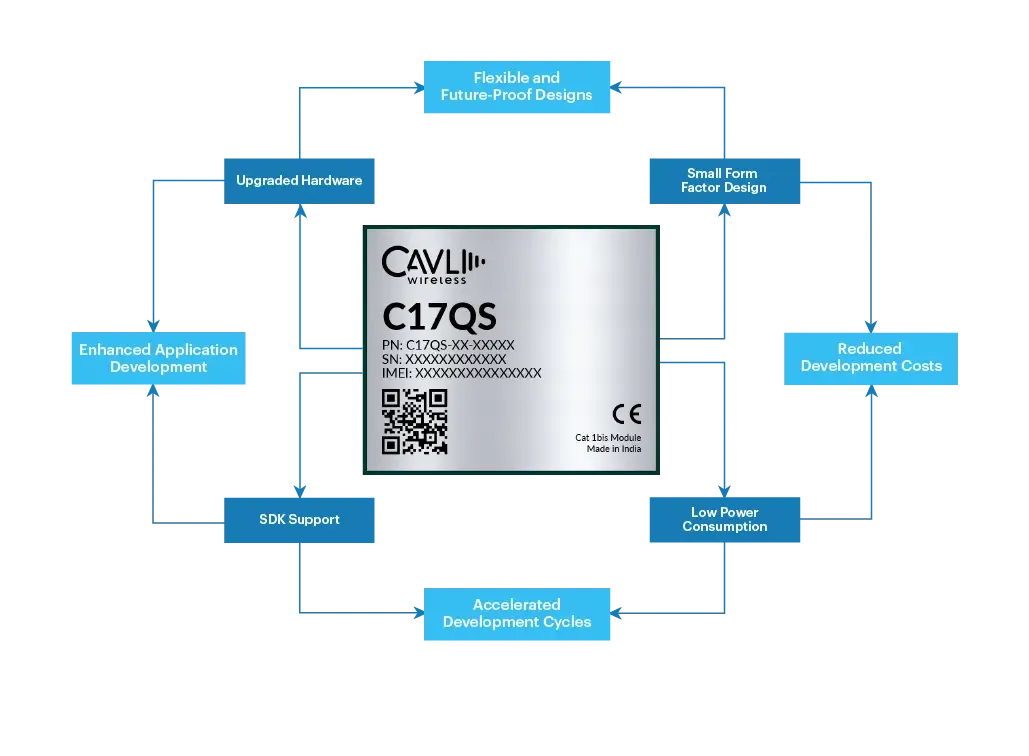
Enhanced Application Development:
FreeRTOS with SDK support enables engineers to develop feature-rich applications directly on the module. This is further complemented by C17QS’ hardware, as it houses a faster processor and increased memory. Such features eliminates the need for external host controllers in many IoT enabled applications, empowering OEMS to reduce system complexity and consequently the power consumption.
Accelerated Development Cycles:
The C17QS is pin-compatible with our other LTE Cat 1bis module, namely C16QS enabling OEMs who are on the lookout for potential upgrades to their existing solutions. This accelerates development cycles and reduces time-to-market for future-proof Cellular IoT enabled solutions.
Flexible and Future-Proof Designs:
Since the C17QS bundles all the above-mentioned functionalities into a form factor that remains essentially unchanged in terms of dimensions, Smart Metering OEMs, for example, can deploy within existing electrical grid apparatus or directly within electric grid devices to get them smart connected without needing to redesign for bigger form factors.
Reduced Development Costs:
All the above-mentioned features allow engineers to consolidate critical functionalities into an all-in-one chipset. This implementation allows OEMs to develop simplified solutions where the controller module that handles edge computations simultaneously also provides network connectivity to the solution, allowing them to consolidate supply chains, reduce design complexity, and reduce the final BOM.
Real World Impact as perceived by End Users
The technological advancements packed into this C17QS ultimately translate into tangible benefits for end-users across various industries:
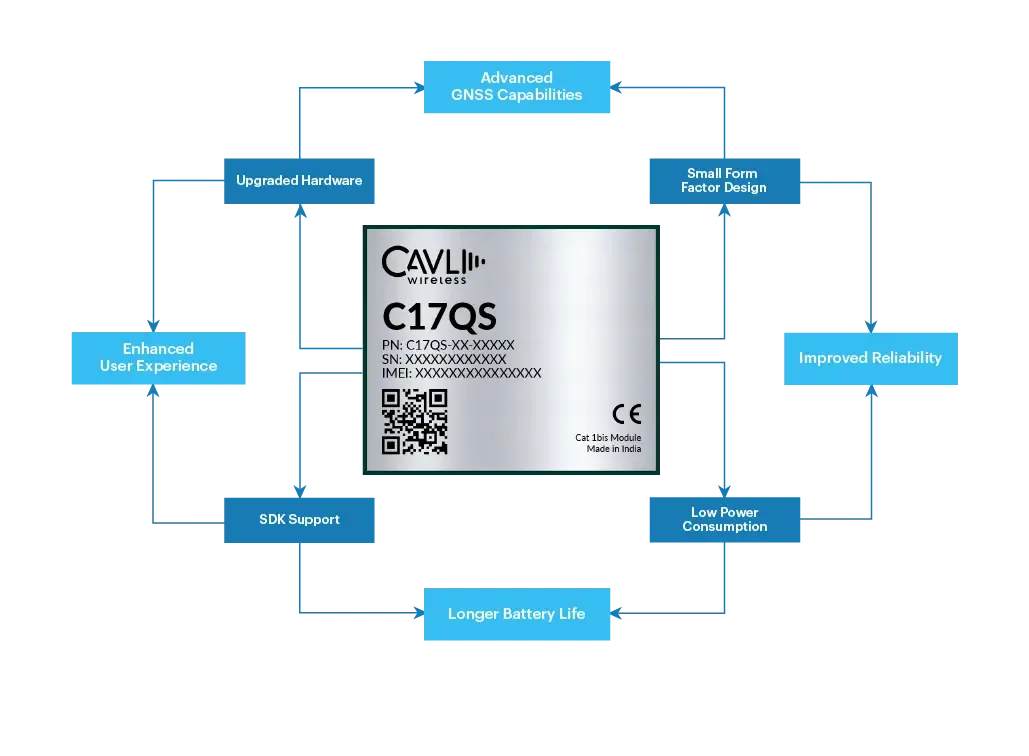
Enhanced User Experience:
Consider real-time data processing within a smart metering solution itself, where instead of only measuring average consumption, the solution also tracks peak consumption with respect to time of day. This approach brings to light consumption patterns through edge computing-based analytics, empowering users to optimize their energy consumption and achieve potential cost savings.
Longer Battery Life:
Compact, battery-powered solutions enabled by the C17QS can be deployed for long-term operations, leveraging various power-saving and sleep modes onboard the module. For example, in remote monitoring solutions, data collection occurs periodically, preserving battery life while ensuring data transmission to remote endpoints for informed decision-making and efficiency improvements.
Improved Reliability:
The integrated compute and connectivity within devices like e-scooters simplify peripheral and sensory interfacing designs, enhancing the reliability of telematics systems. This integration reduces breakdowns, streamlines maintenance, and provides a smoother riding experience for users.
Advanced GNSS Capabilities:
The multi-band GNSS receiver in the C17QS supports a wider constellation, ensuring more accurate and reliable location tracking. This capability is crucial for applications such as asset tracking, fleet management, and precision agriculture. Additionally, WiFi-Scanning provides an alternative method for locating assets in challenging GNSS environments, enhancing overall tracking reliability.
Closing Notes:
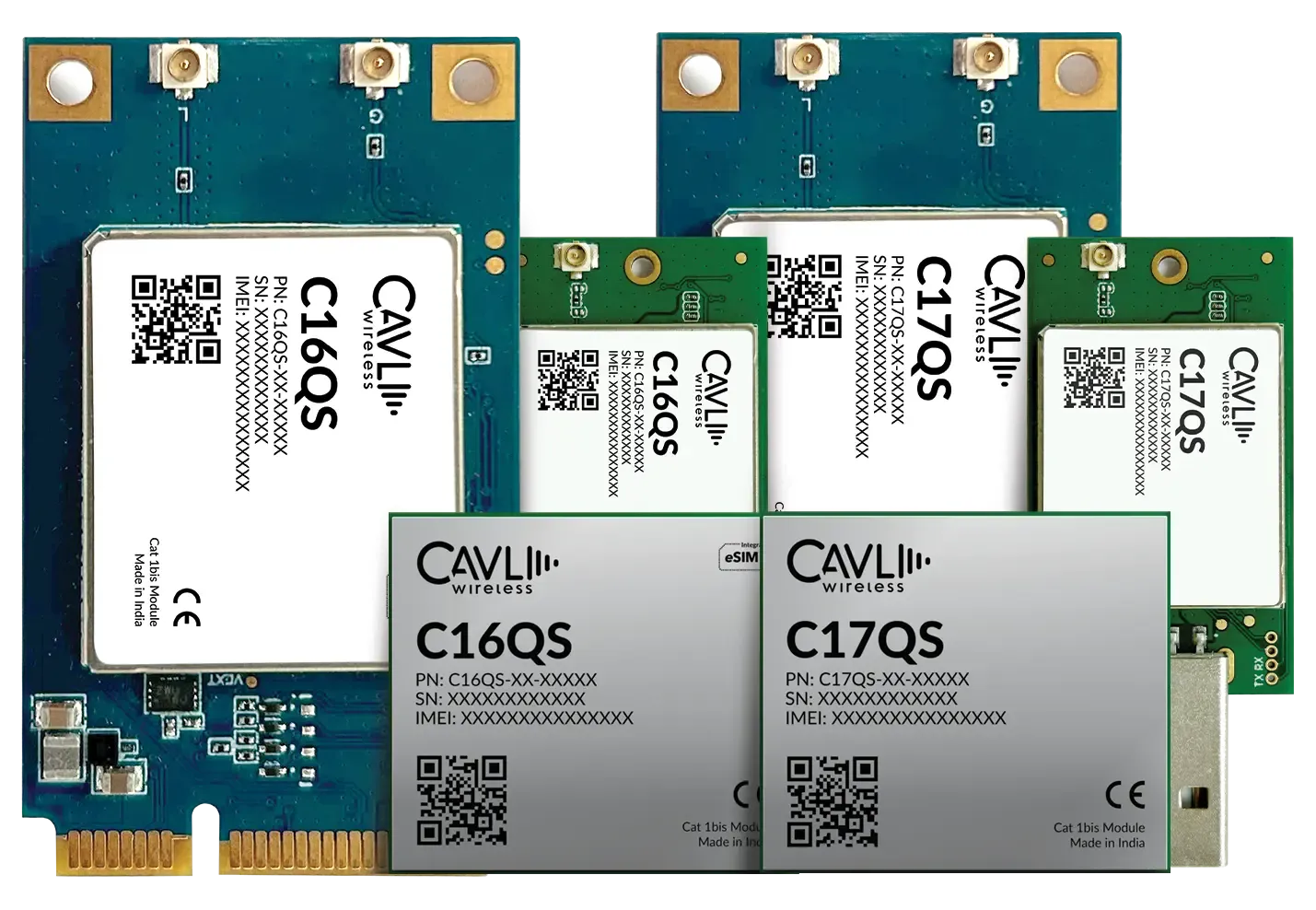
The launch of C17QS module marks a significant milestone in the evolution of Cavli's LTE Cat 1bis product portfolio. Its impressive combination of processing power, memory capacity, software flexibility, and advanced connectivity features empower OEMs to create a new generation of sophisticated, feature-rich, and cost-effective IoT solutions. This module is poised to become the go-to choice for a wide range of applications, from asset tracking and smart metering to industrial automation and smart-city deployments, ushering in a new era of innovation and growth for the IoT ecosystems across the globe.
Talk a walk through Cavli's LTE Cat 1bis Portfolio, to discover how our they can mitigate your Smart Connectivity challenges.
Feel free to write to us at solutions@cavliwireless.com or visit the product page directly with the link below.


